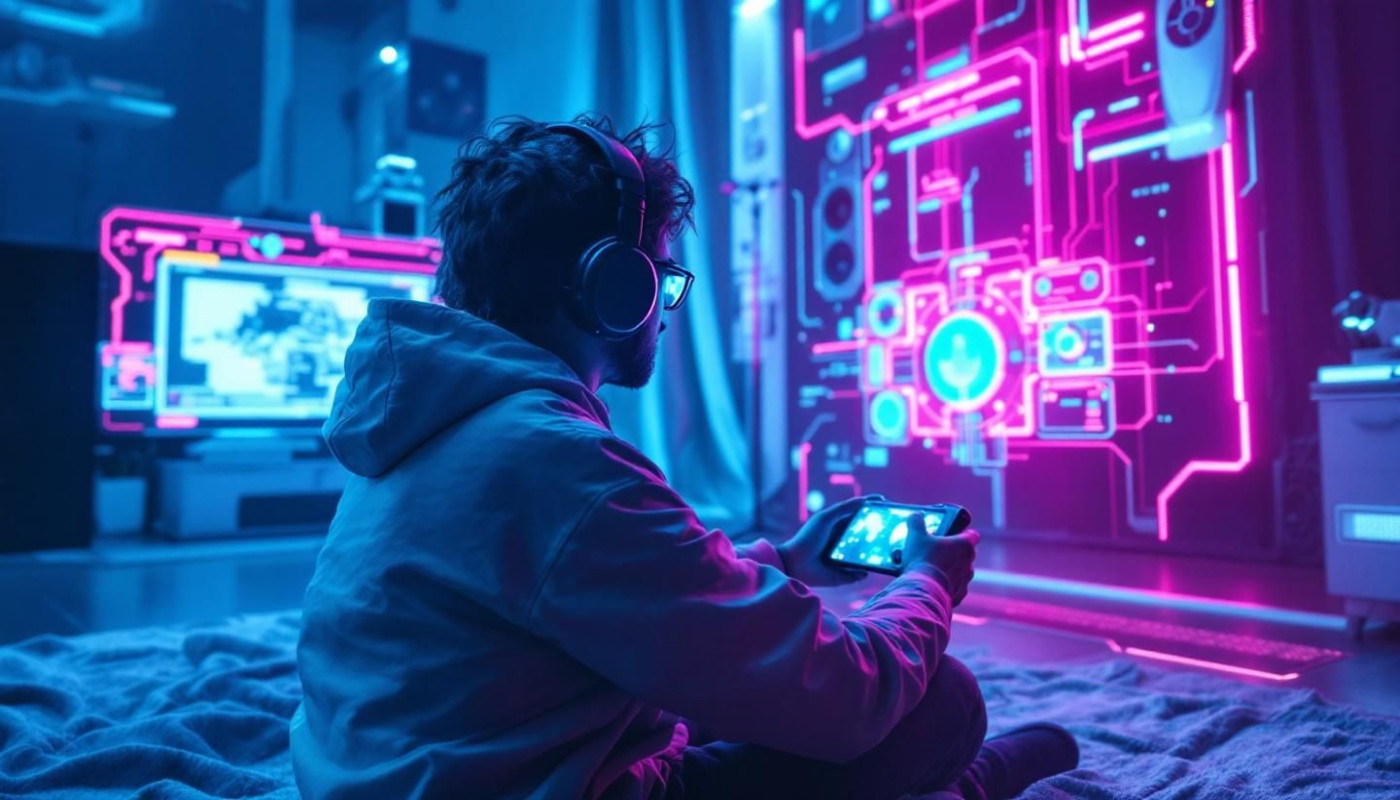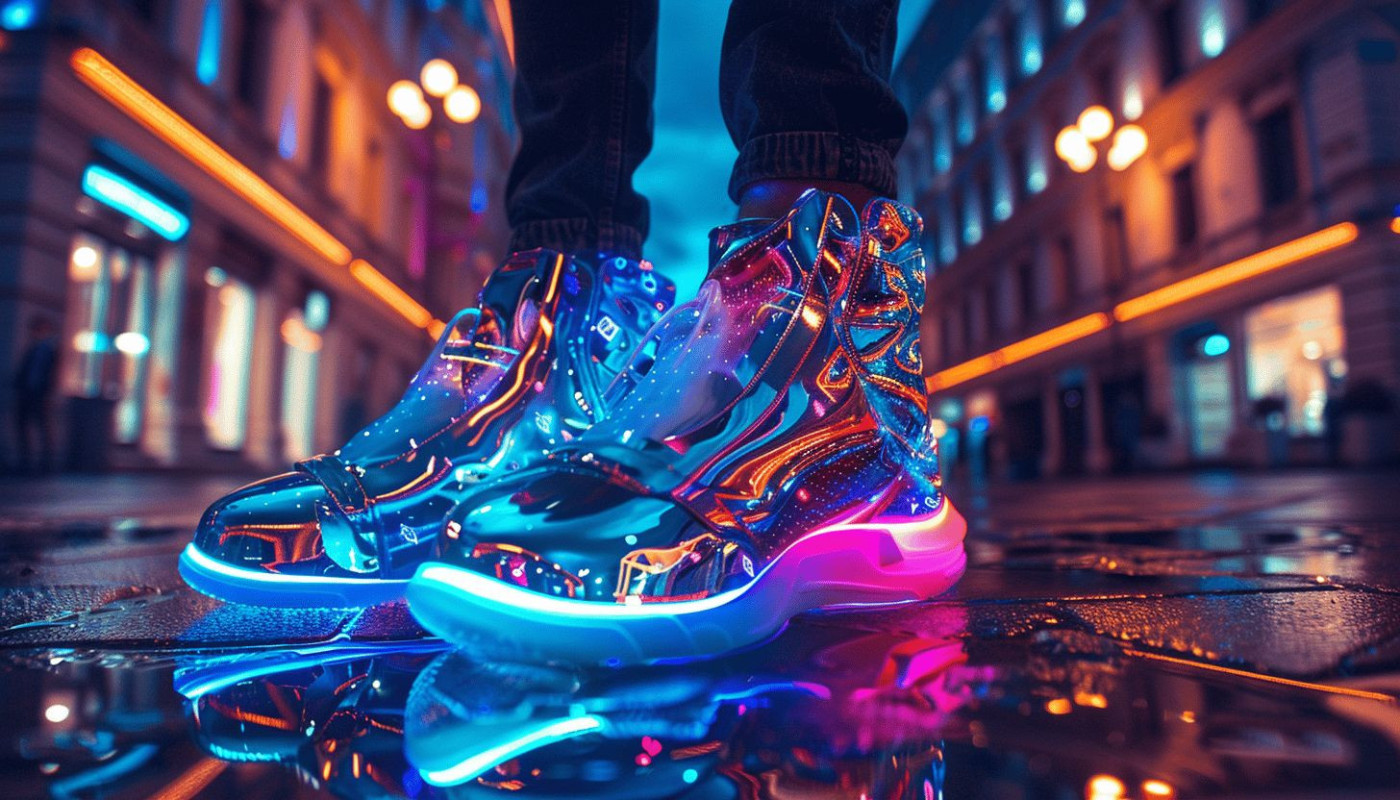Table of contents
The rapid advancement of artificial intelligence is reshaping the landscape of digital graphics, opening up new possibilities for creative expression. As algorithms become more sophisticated, their influence extends across design, animation, and visual storytelling, transforming the way content is produced and consumed. Explore how these AI-driven trends are set to impact creative industries, and uncover the opportunities and challenges that lie ahead.
Emergence of generative design
Generative design, driven by artificial intelligence, is transforming the creative workflow within graphic design industries by enabling rapid design automation and facilitating procedural generation of innovative concepts. By leveraging algorithms capable of analyzing vast datasets, generative design tools streamline the creation of personalized graphics, allowing designers to focus on conceptual direction rather than repetitive manual tasks. This shift not only accelerates production but also introduces unprecedented levels of customization, as artificial intelligence adapts graphics to user preferences and brand requirements at scale. Algorithmic suggestions produced through procedural generation inspire new creative avenues, offering design solutions that might not emerge through traditional methods. The integration of generative design and artificial intelligence amplifies creative workflow efficiency, enhances output quality, and positions design automation as a central driver for future-ready creative industries. For a practical demonstration of these advancements in personalized graphics, check my source.
AI in visual content creation
Artificial intelligence is rapidly transforming visual content creation across multiple sectors, as AI graphics and creative automation become central to digital media workflows. Advanced neural rendering techniques now enable the generation of highly realistic images, dynamic videos, and sophisticated animations, all with impressive speed and originality. These AI-powered animation tools not only streamline repetitive processes but also empower a wider range of creators by lowering the barriers to professional-quality output. The democratization of content production allows individuals and smaller teams to leverage the same powerful resources once reserved for large studios, thus expanding creative possibilities without diminishing artistic value. By automating labor-intensive tasks, such as frame interpolation, style transfer, or object tracking, AI-driven solutions preserve the creative intent of artists while accelerating project timelines and optimizing resource allocation.
Impact on creative collaboration
AI-powered graphics platforms are revolutionizing creative collaboration by streamlining team workflows, particularly in remote design environments. These advanced systems facilitate digital teamwork through real-time co-creation, enabling designers, illustrators, and strategists to contribute simultaneously to shared projects from anywhere in the world. Collaborative filtering technology plays a pivotal role, intelligently recommending assets and design elements based on group preferences and past project data, which enhances creative synergy and decision-making. The seamless communication enabled by AI-driven interfaces breaks down traditional barriers, allowing geographically dispersed teams to execute joint projects efficiently. As a result, creative industries are experiencing a shift towards highly adaptive, interconnected teamwork, where feedback loops are immediate and iterative creativity becomes the standard.
Ethical considerations and originality
AI ethics present a complex challenge for creative industries, especially as AI-generated graphics become more advanced and widespread. One of the most debated issues is originality in design, since AI systems often generate content by learning from vast datasets of existing works, making it difficult to determine true authorship and whether new creations infringe upon existing intellectual property. Copyright issues also arise when AI-produced graphics closely resemble or derive elements from protected works, potentially placing creators and organizations at legal risk. To address these concerns, best practices such as transparent documentation of training data sources, implementing robust consent mechanisms from original creators, and establishing clear guidelines for attribution are gaining traction among industry leaders. In the context of ethical AI, promoting fair compensation for both human and automated contributions, as well as ongoing education about legal responsibilities, supports a more responsible adoption of these technologies. Creative industries benefit from proactive policies that safeguard originality and foster trust, ensuring innovative output does not compromise the rights of original content owners.
Preparing for the future
To fully harness the potential of the future of AI graphics, creative professionals must prioritize continuous learning and proactive skill development. As artificial intelligence reshapes workflows and design processes, embracing industry innovation becomes indispensable. Practical adaptation strategies include participating in specialized workshops, enrolling in AI-centric online courses, and collaborating across multidisciplinary teams to cultivate a deeper understanding of algorithmic tools. Leveraging AI-enhanced platforms can streamline production, enhance personalization, and unlock new creative avenues. Networking with experts and engaging in professional communities will expose creative professionals to emerging trends, ensuring their expertise remains relevant. By fostering an open mindset and actively experimenting with AI-powered graphic tools, creative professionals position themselves to lead and thrive as the landscape evolves.




